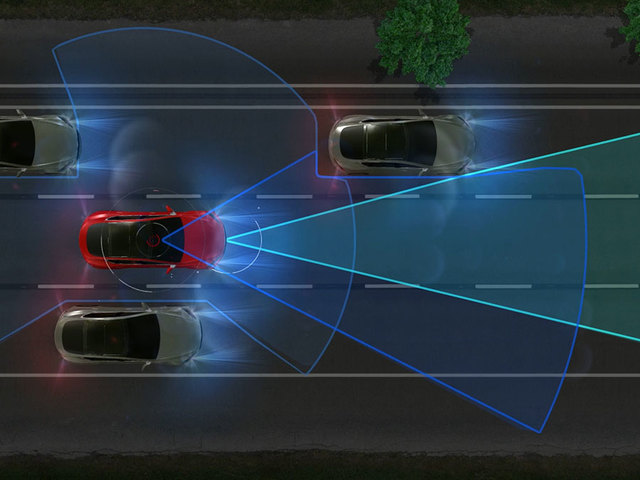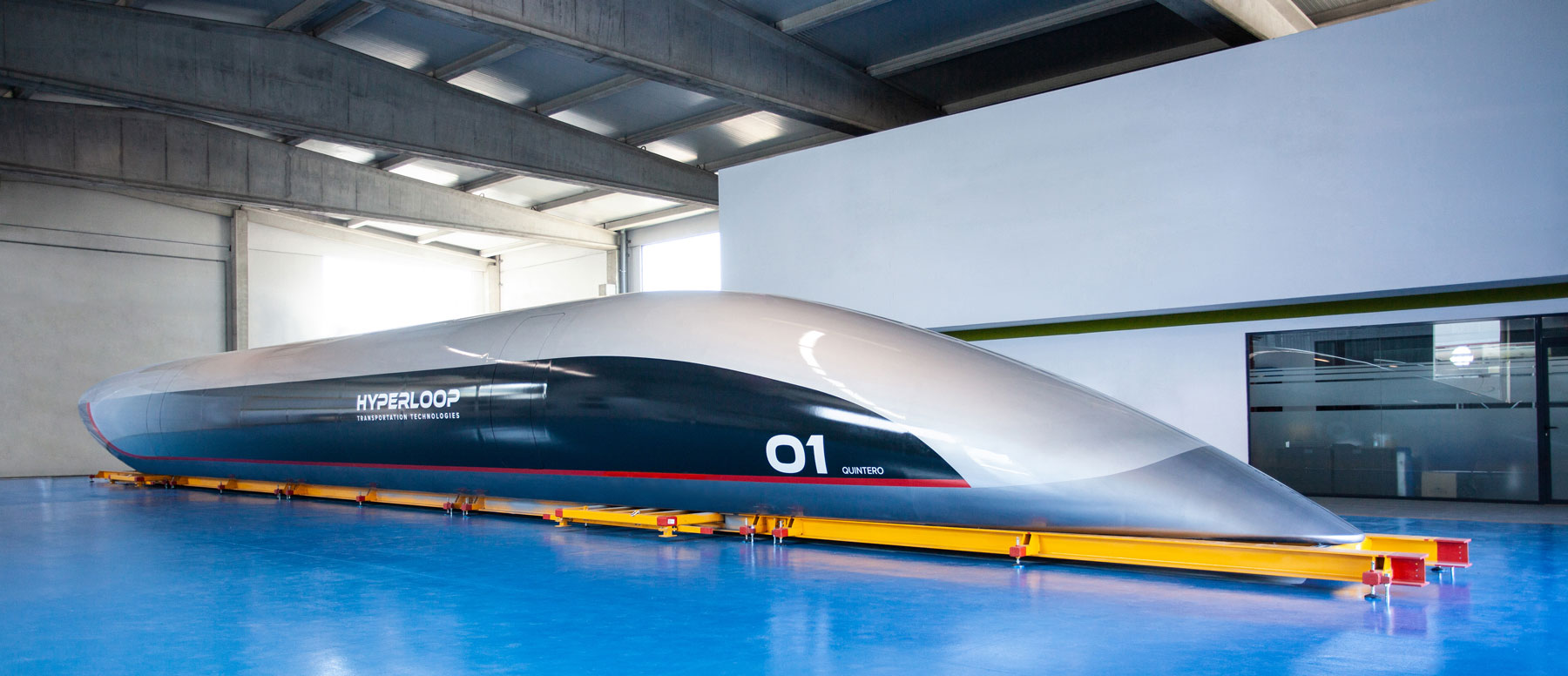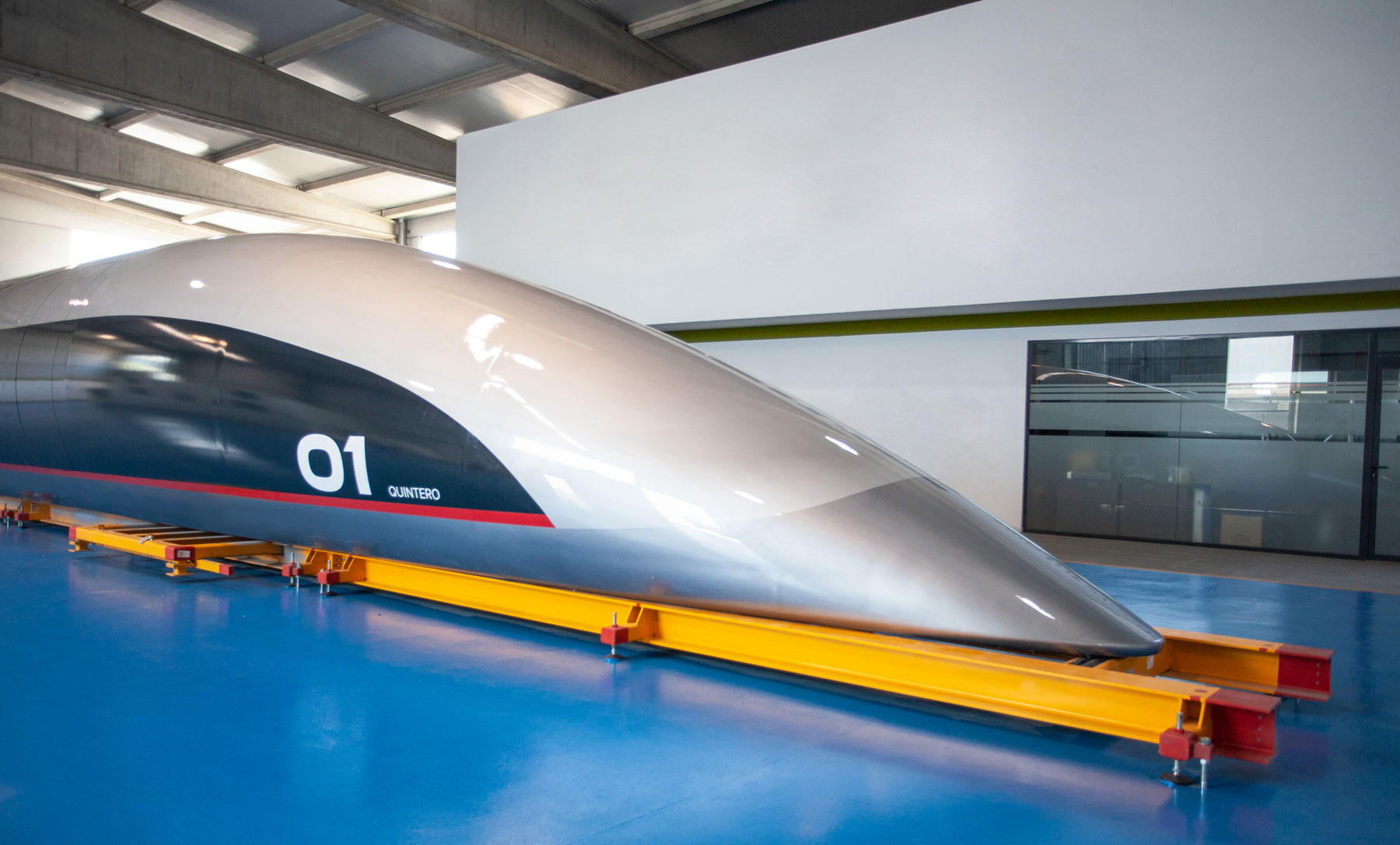 |
| Our new Tesla Model 3 outside of the iTRAK Corporate office. |
I received my Tesla Model 3 last week, and have already started putting it through its paces here in the Pikes Peak region of Colorado.
For those that don't know me, my background is in electrical engineering, software development and systems design - specifically for end-to-end systems for vehicle tracking; something I've been doing for more than 20 years and have multiple patents and prior artwork in the field. Prior to that I worked on vehicle based terminals, GPS and RF communication systems for public safety agencies, as well as E911 communication and console systems employing early multiprocessor and redundant systems architectures. I'm proficient in multiple computer languages and I'm an ongoing student in areas such as AI systems and Python.
The Pike's Peak region and surrounding area is an optimal area for testing, as it has some challenging traffic and terrain in areas like Ute Pass (Highway 24), standard city highway traffic along I-25, as well as a wide range of seasonal conditions such as heavy snowfall, heavy lightning storms, hard rains with significant run-off, occasional mixed icy conditions, high contrast lighting changes in canyon areas where GPS and wireless signals can be difficult to maintain, large temperature changes over relatively short periods of time as well as the hairpin turns at high angle and steep traffic at altitude such as can be found regularly on the local
Pike's Peak highway - a specific area where automotive and brake manufacturers test new products. More recently Pike's Peak (which locally is known simply as 'The Peak') highway has been featuring EV's racing through the challenging terrain - and just this year
VW's EV broke the overall racing record.
I've been very interested in the evolution of electric vehicle technology, along with the advent of self driving systems for several years now. Given their cost and the inherent risks involved in the technology, being on the bleeding edge of such development didn't seem like a good idea. Instead I've waited patiently till I could see the technology entering the 'slope of enlightenment' period on the curve around the third-generation shown in the graph below:

In my opinion, the Model 3 vehicles from Tesla are at this stage now, though the self driving features are more likely between the 'peak of inflated expectations' and the 'trough of disillusionment'. The vehicle that we purchased is configured for all wheel drive (a must for mountain driving) and the extended battery, along with the enhanced autopilot and the future self-driving capability (when it becomes available). The range with the extended battery should be over 300 miles on a full charge which should allow reasonable access to the ski resorts in the winter (which has some fairly challenging back-country driving at times), as well as for longer drives along I-70 and I-25 to other States using the Supercharger network as needed. I used the included 120V charging system for the past week till my home charging system could be installed by an electrician.
Like many, I initially ordered my Model 3 shortly after the ordering process started in March of 2016 without ever test driving one. I've been keeping a close eye on news and reviews regarding Tesla's developing manufacturing process and release dates for the various versions and features - knowing I'd need a 4 wheel drive or all-wheel drive vehicle for my particular locale - and betting that a
self driving firmware release was not far away.
In early September, I configured the vehicle and provided all of the information needed in order to procure a vehicle. I expected a relatively long delay of 2-4 months for delivery, but was surprisingly pleased by a delivery date scheduled in late September. There was a minor one week delay due to the break-down of the vehicle carrier in Wyoming, but that was relatively quickly resolved and easily scheduled around.
The paperwork at the dealership in Littleton was relatively quick, about 10-15 minutes before we were escorted to our vehicle. The dealership was fairly busy, and they indicated they'd be trying to deliver
almost 90 vehicles that particular day. I had read some of the manual, and watched several of the videos, but that had been a couple of weeks earlier, so it was nice to review everything quickly. After configuring our phones and a quick overview of the vehicle (don't use the manual opener for the doors, use the switch - use two hands to close the front trunk or 'frunk' and just lean on it to close the hood, orientation on the central touch screen of the vehicle, location of the tow bar, etc) we experienced some touch screen related issues. This turned out to be related to the poor WiFi signal for the vehicle. Once that was disabled (for the dealership's WiFi) it seemed to operate as expected. After a visual inspection of the vehicle, I tentatively started the drive home.
 |
| The new vehicle after inspection in Littleton, CO. |
My initial reaction was that the parking brake must be on - not because the vehicle wouldn't move, but because of how quickly it would start slowing down once my foot was off of the 'gas' pedal. This impression is related to the
regenerative braking system for the vehicle which instead of generating heat generates electricity to recharge the system - which as it turns out is an excellent adaptation for mountain driving for multiple reasons. More on that later.
The autopilot and cruise control systems were not immediately available as they went through a calibration period while I initially drove the vehicle. This was no problem as I really wanted a feel for driving the vehicle myself anyway. The central map and navigation system (similar to the Waze app which I use when driving my other vehicles) was already setup with my home address so I was able to find out quickly how long it would take to get home in traffic, and how much battery I would likely have left or available to me at that time. As the battery was not fully charged when I picked it up, and I have more than an hour of driving to do to get down to the Pikes Peak region - the 44% battery level on home arrival did prompt some '
range anxiety' as a first time driver, so I had my wife follow me closely as we drove home. Rationally I knew this was not a problem, but my emotional intelligence on the matter needed a chance to catch up. Building trust with the vehicle performance is a must.
I was able to get some music up and running using the streaming service at the stop lights while moving through Denver street traffic. When 'The Killers' came on performing '
The Man', the lyrics "I got gas in the tank, I got money in the bank, I got news for you baby, you're looking at the man..." I thought - for the first time I'm driving without any actual 'gas in the tank'. It had a bit of an eerie but futuristic synchronicity feel that I've run into with the vehicle several times afterwards.
Driving in street traffic was no different than driving any other vehicle, except for the learning curve on how to feather the 'gas' on the vehicle using the regenerative braking - sometimes referred to as '
one pedal driving'. Once on the highway, the quickness of the vehicle was immediately evident - I bounced my head off the head-rest more than once merging quickly into highway traffic.
 |
| Tesla vision and sensor overview. |
While in I-25 traffic heading home the calibration completed on the Autopilot and I started by using the cruise control feature. The most noticeable difference from my prior experience using various prior vehicle's systems was the Tesla's ability to use its sensors and forward radar systems to keep a controlled distance from the vehicle just ahead of me (while visually showing vehicles around me in a kind of 'ghost' image on the center console) - matching its speed when lower than my max setting speed, and speeding up to the max speed when the vehicle exited the lane. It did have one incident of an advanced warning on hard braking that occurred in the vehicle in front of the one I was following - not uncommon in the heavy traffic at that time of day. It not only braked early itself enough to stop me from stomping on the brakes, but it also helped to keep driving stress of the surprise to a minimum. Out of habit, I gravely remind myself that
Seymour Cray (of Cray Supercomputer) was killed on this particular stretch of highway in 1996 in a car crash. It's a serious reminder that automotive accidents make no exceptions for genius and we're all taking a significant risk as we regularly travel about in our daily lives. I'd like to think he'd approve of the technology being used to help prevent those kind of accidents now, and into the future. In any case, I was able to become comfortable with its use on the highway back to Colorado Springs, but fairly quickly determined that I wasn't comfortable enough to use it when exiting I-25 to highway 24 (though there may be settings to help optimize the performance I experienced). I was able to re-engage it again once I had merged back into traffic heading west. I was also able to use the feature up through '
Ute pass' without too many issues, though there was a hint of what I'd see later in the curves.
One advantage of the more standard cruise control mode (vs autopilot) is that you maintain steering through what is sometimes difficult and crowded traffic in Ute pass where road construction and 'scaling' of the surrounding mountain cliffs can be common - but without the need to focus on the stop and go traffic itself, which seemed to help with stress relief during the commute - something my wife would likely appreciate since she travels the pass on an almost daily basis and complains regularly about the erratic behavior of visiting tourists.
The trip home proved to be safe, uneventful, and very informative.
Within the first week I was able to take the vehicle on a two hour trip through Wilkerson Pass, Hoosier Pass, Breckenridge and Frisco to Silverthorne's Supercharger, as well as to make an initial drive up and back down Pike's Peak highway. It was important to get these completed quickly while the conditions were optimal, as there is snow in the coming forecast for early October and I wanted to set a base line of testing under the best conditions first.
As this is meant to be a multi-part series review I will plan to follow up on those and additional drives and feature tests in the coming days and weeks.
















